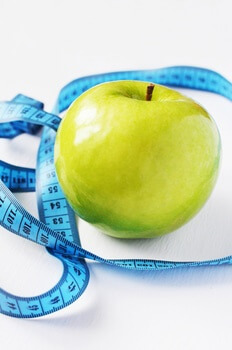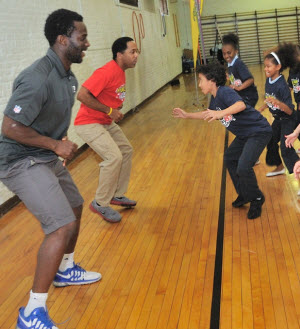Among this month’s pelinks4u articles is a summary of research by David Kahan and Thom McKenzie in which they address the potential value of effectively delivered physical education on children’s overweight and obesity. It’s an interesting read and shows clearly the caloric impact of getting students physically active in PE classes. Given the nationwide alarm about the catastrophic consequences of overweight and obesity on future generations, it’s yet another reason for the public to support public school physical education.

But, as I’ve written before, simply justifying health and physical education only because of its potential to turn back the obesity tide, shortchanges our subject areas. We are much more than an obesity solution. Well planned and delivered school health and physical education enhances pretty much everything that’s important in the upbringing and preparation of children for future success in life.
In another of this month’s articles, Tom Winiecki a 30-year veteran elementary PE teacher, points out that his focus is not primarily on delivering our subject matter but on connecting with his students. This reinforces another critical idea essential to helping students succeed in our schools. Teachers need to connect with kids “where they’re at.” In other words, before even concerning ourselves with content we need to first and foremost develop the kind of positive relationships with our students that help them see the relevance in what we’re teaching. Unless students see relevance it really doesn’t much matter what we teach. They aren’t going to value it. And absent value, students simply aren’t going to learn much from us.
If positive teacher-student relationships are this important, who is better placed to develop them than health teachers and physical educators? Classroom teachers may see their students regularly throughout one year, but it is specialists like HPE teachers who are present in the lives of America’s 50 million students for 14 of the most influential developmental years of their lives. Beyond content, we are the group who can serve as the glue to keep students attached to schools and give them a reason to show up each day.

But is just gets even better. Over the past decade more and more research has shown that physically active kids do better academically. Why exactly we may not quite know but certainly it makes intuitive sense that moving bodies also move minds. Research has shown that movement activates the brain and various authors have proposed that at the very least, physical activity seems to help optimize our minds for learning. Beyond this, who among us would seriously argue that long periods of sitting don’t tend to impede clear thinking?
Finally, health and physical education have to be the absolutely best way to help children and youth experience and develop a multitude of social skills? What better way to learn rule following, leadership, fair play, cooperation, competition, hard work, trying your hardest, empathy for others and so much more than through different types of play, games, dance, and sports? Talking about it is a beginning but it is through practical experiences that we best develop these essential skills.
So, while the medical profession today more broadly supports the view that exercise is medicine, even this underestimates the value of doing all that we can to get America’s youth to be physically active and healthy. And the best way to do it is obvious: Support public school health and physical education.
